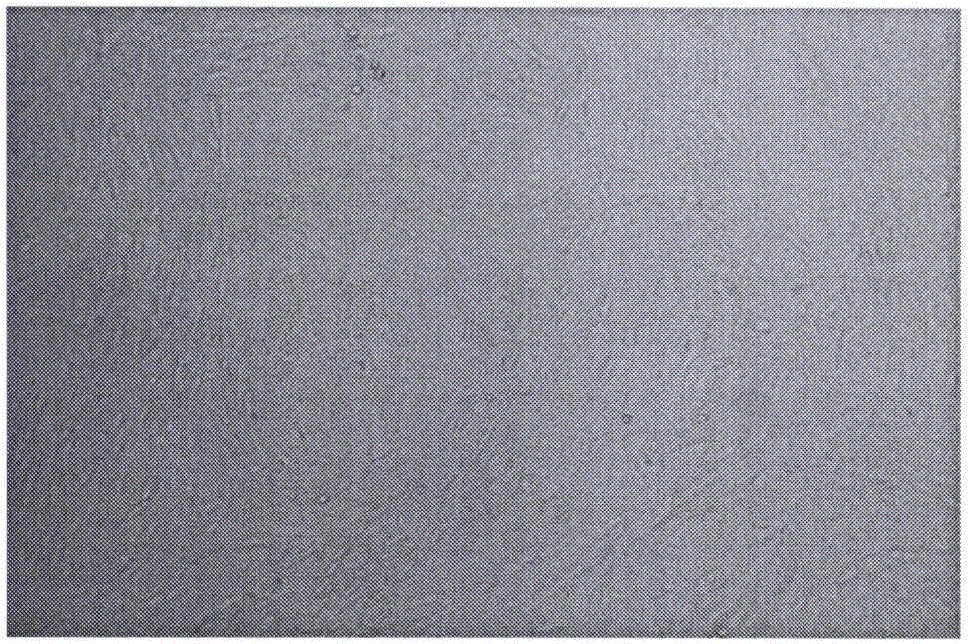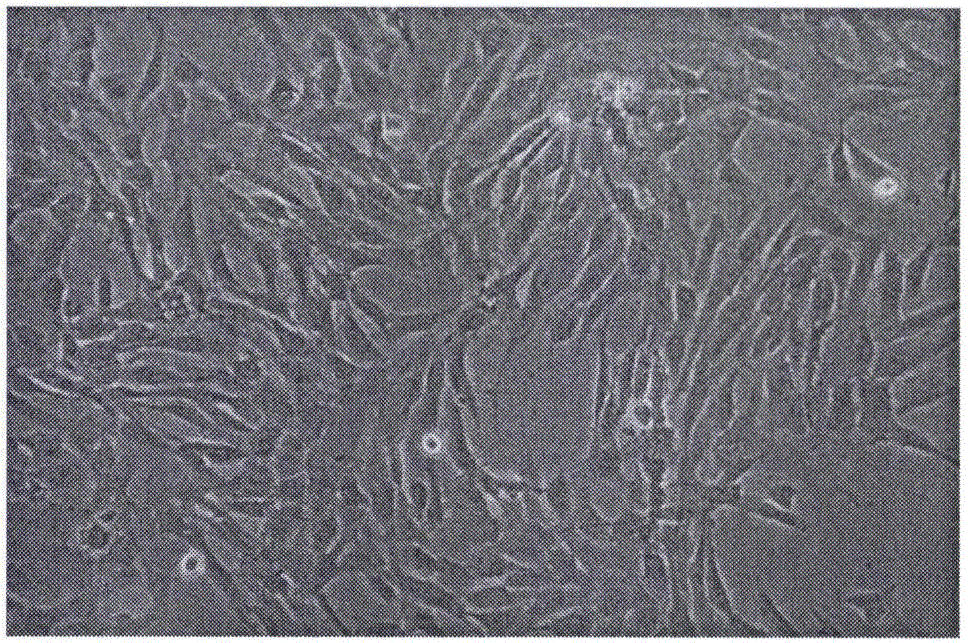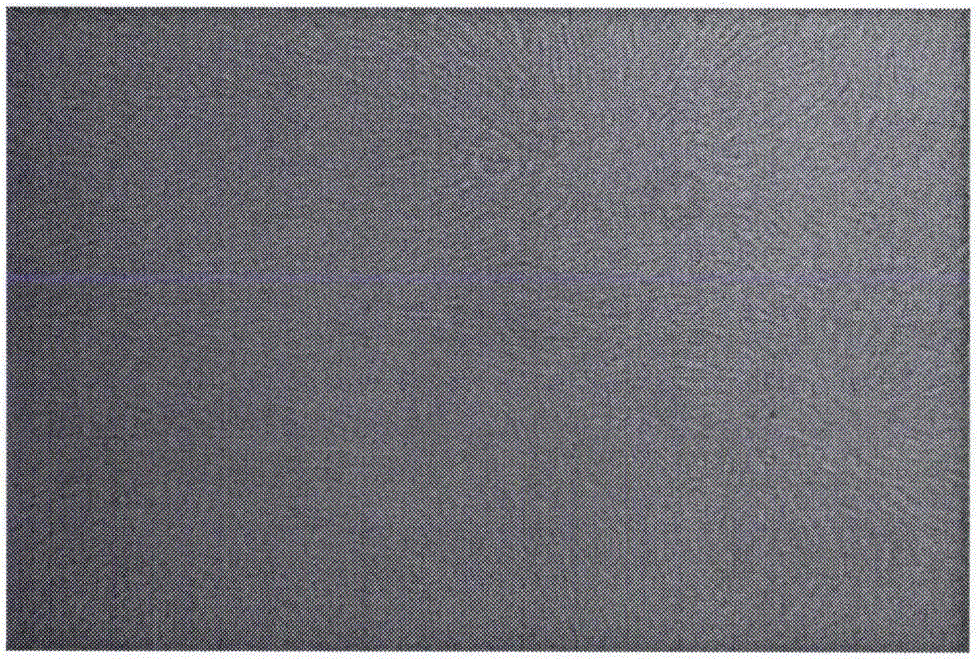Method for efficientlyobtaining mesenchymal stem cells from umbilical cord tissues
A technology of umbilical cord tissue and mesenchymal stem cells, applied in bone/connective tissue cells, tissue culture, animal cells, etc., can solve the problems of time-consuming and damage, achieve strong stem cell characteristics, avoid adverse reactions, and shorten the acquisition time.
- Summary
- Abstract
- Description
- Claims
- Application Information
AI Technical Summary
Problems solved by technology
Method used
Image
Examples
Embodiment 1
[0044] Embodiment 1, the steps of the method for efficiently obtaining mesenchymal stem cells from umbilical cord tissue in the present invention are: (1) Pretreatment of umbilical cord tissue: a healthy full-term neonatal umbilical cord, which is about 20 cm close to the baby's end, is placed in a 1% double antibody in normal saline preservation solution, and transported as soon as possible in a 4°C ice box. Take out the umbilical cord in a biological safety cabinet, place it in a 10cm petri dish, cut it into 2-3cm long pieces, and wash it repeatedly with DPBS containing 1% double antibody until there is no obvious blood clot. Cut the umbilical cord longitudinally and remove the blood vessels. Rinse the tissue block with DPBS containing 1% double antibody, and cut the tissue block to 1-2mm3 with ophthalmic scissors. (2) Separation of umbilical cord MSCs cells: the shredded tissue pieces were collected into a six-well plate, added with 0.25% trypsin, and pre-digested on a sha...
PUM
 Login to View More
Login to View More Abstract
Description
Claims
Application Information
 Login to View More
Login to View More - R&D
- Intellectual Property
- Life Sciences
- Materials
- Tech Scout
- Unparalleled Data Quality
- Higher Quality Content
- 60% Fewer Hallucinations
Browse by: Latest US Patents, China's latest patents, Technical Efficacy Thesaurus, Application Domain, Technology Topic, Popular Technical Reports.
© 2025 PatSnap. All rights reserved.Legal|Privacy policy|Modern Slavery Act Transparency Statement|Sitemap|About US| Contact US: help@patsnap.com



